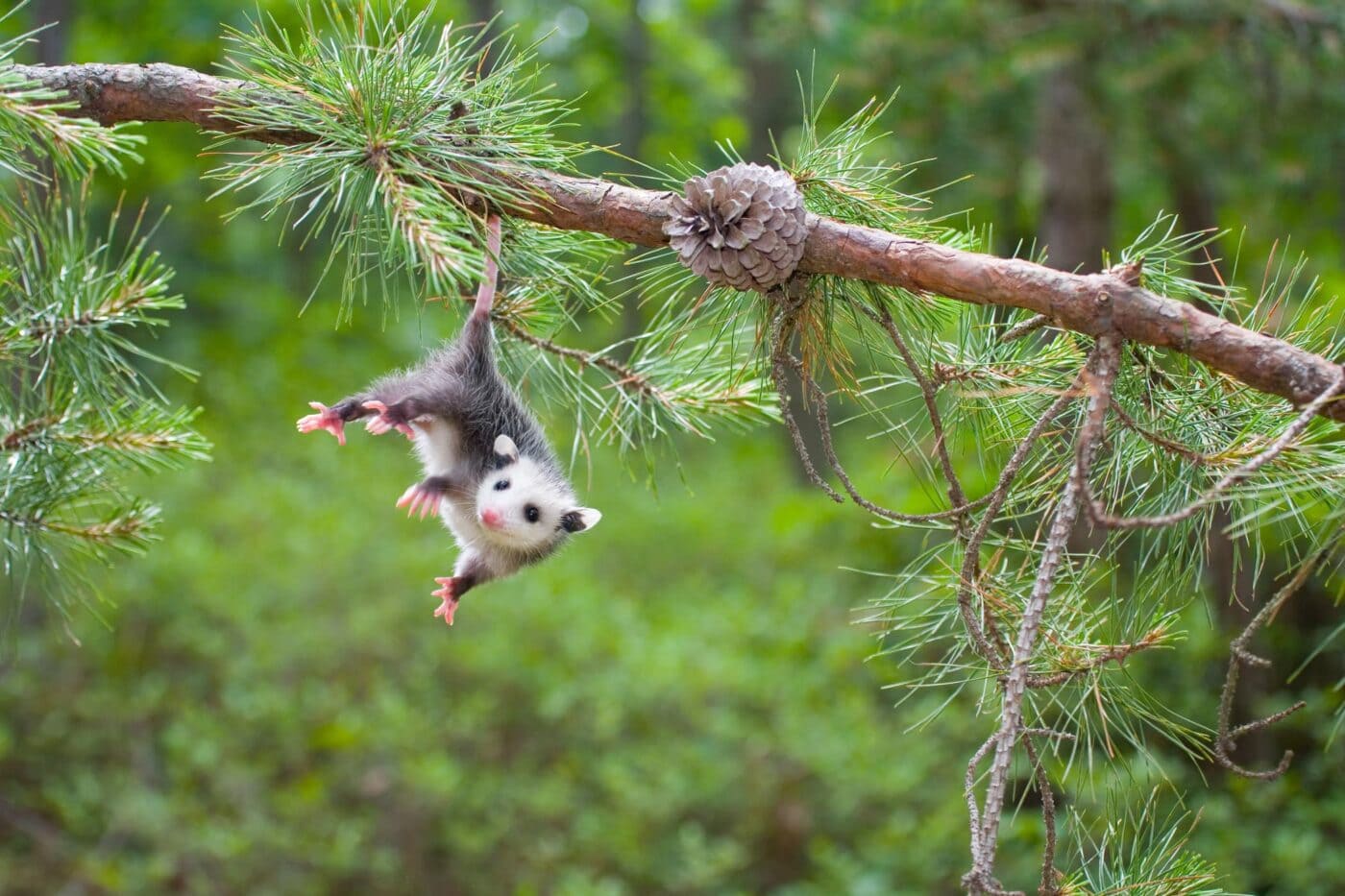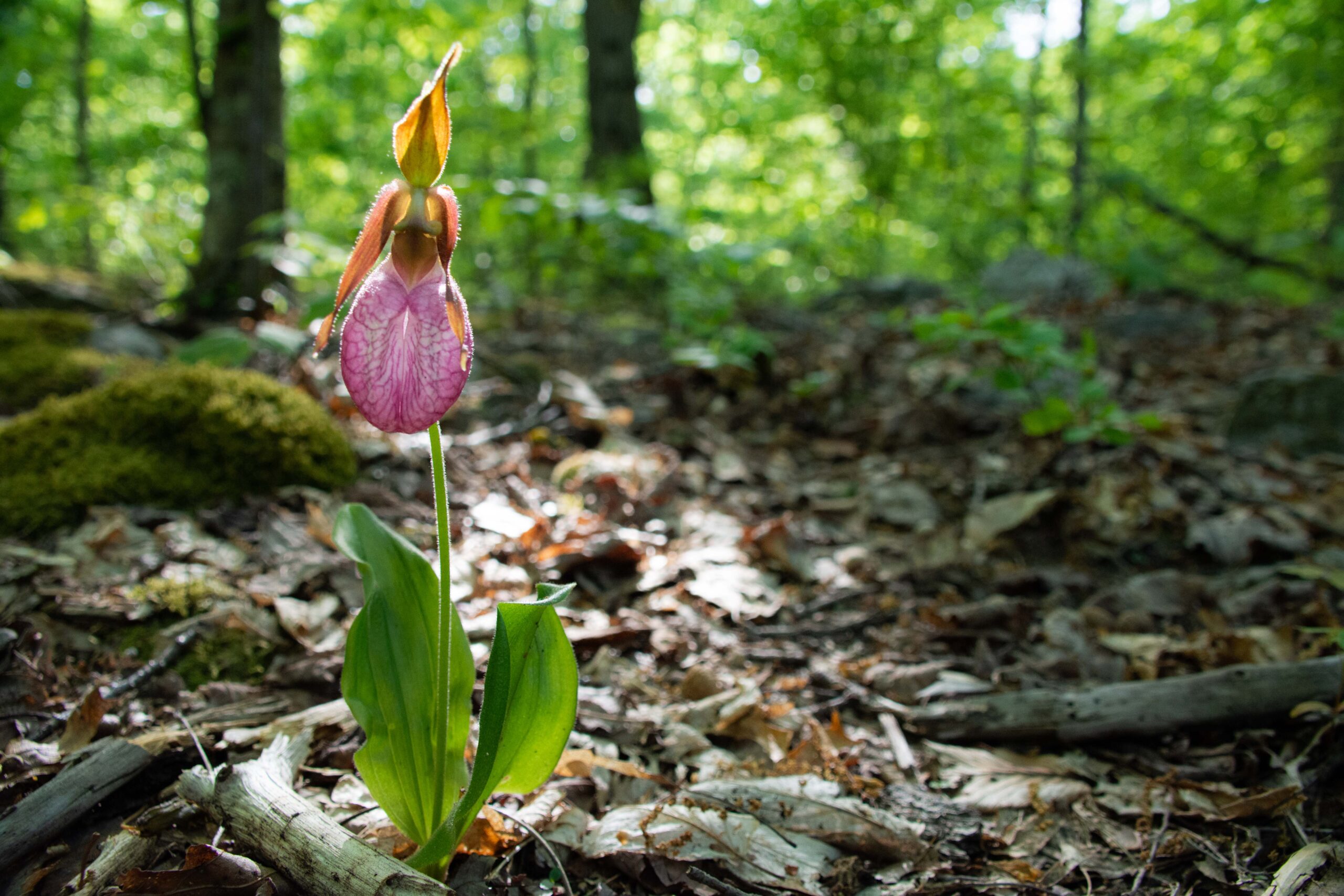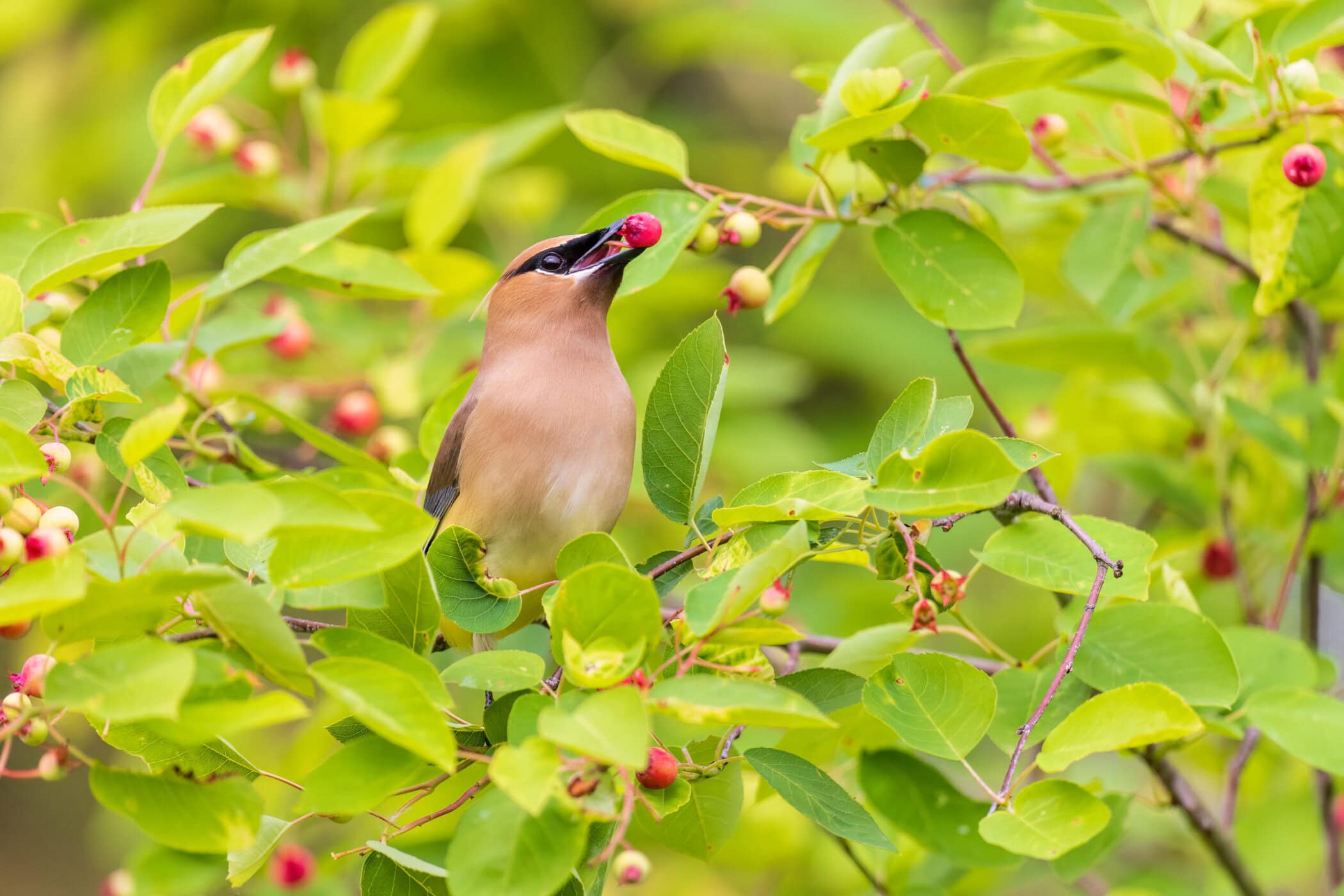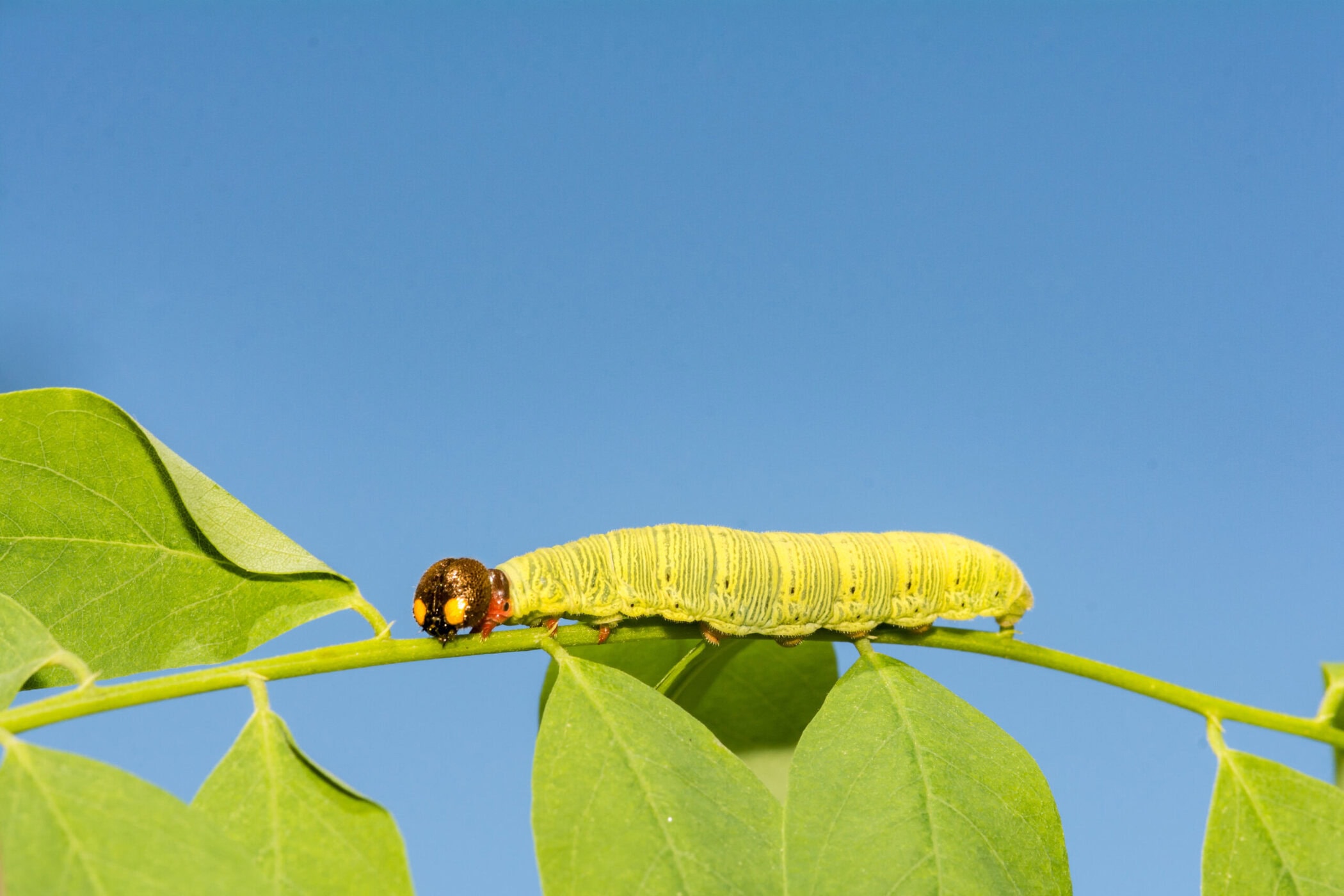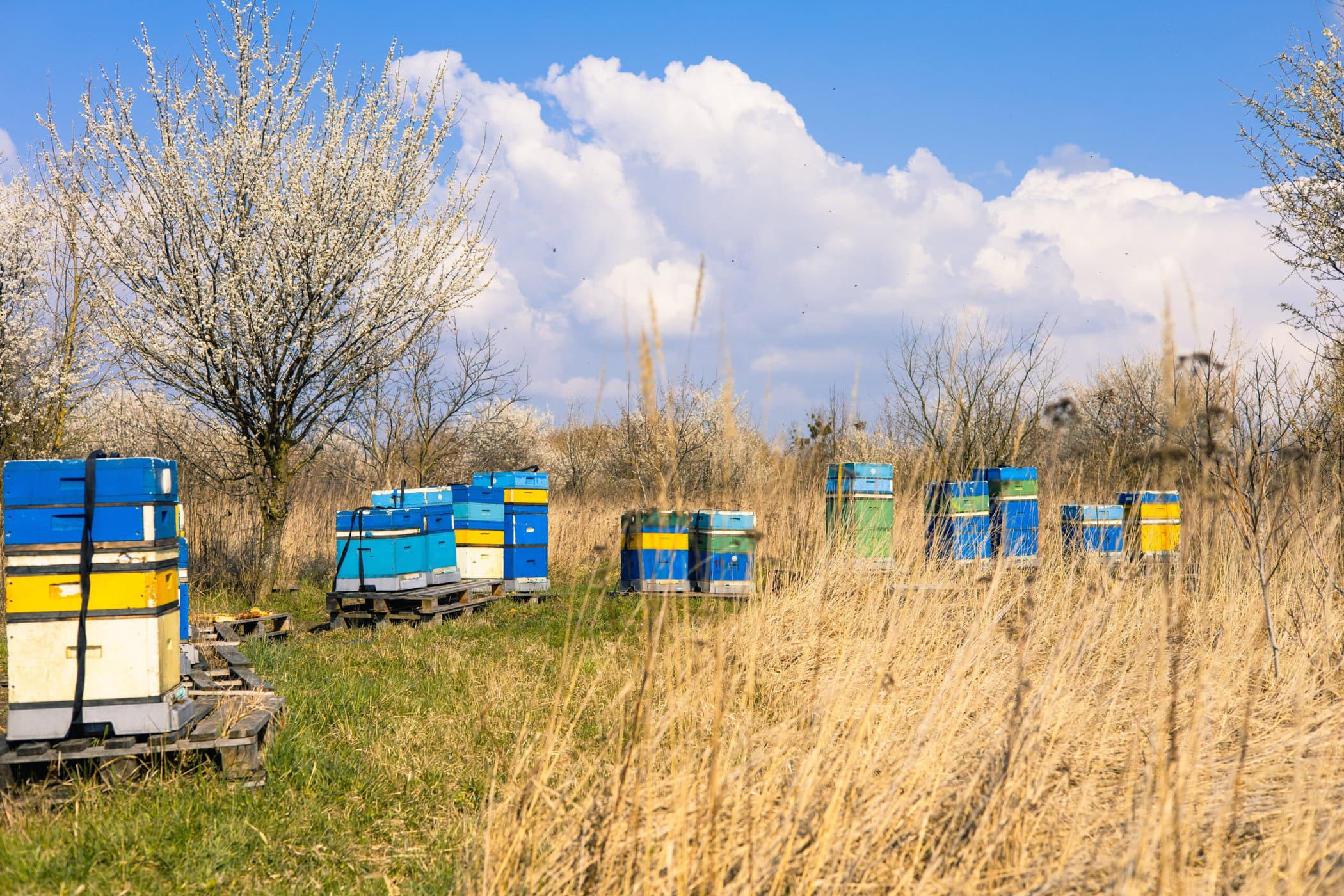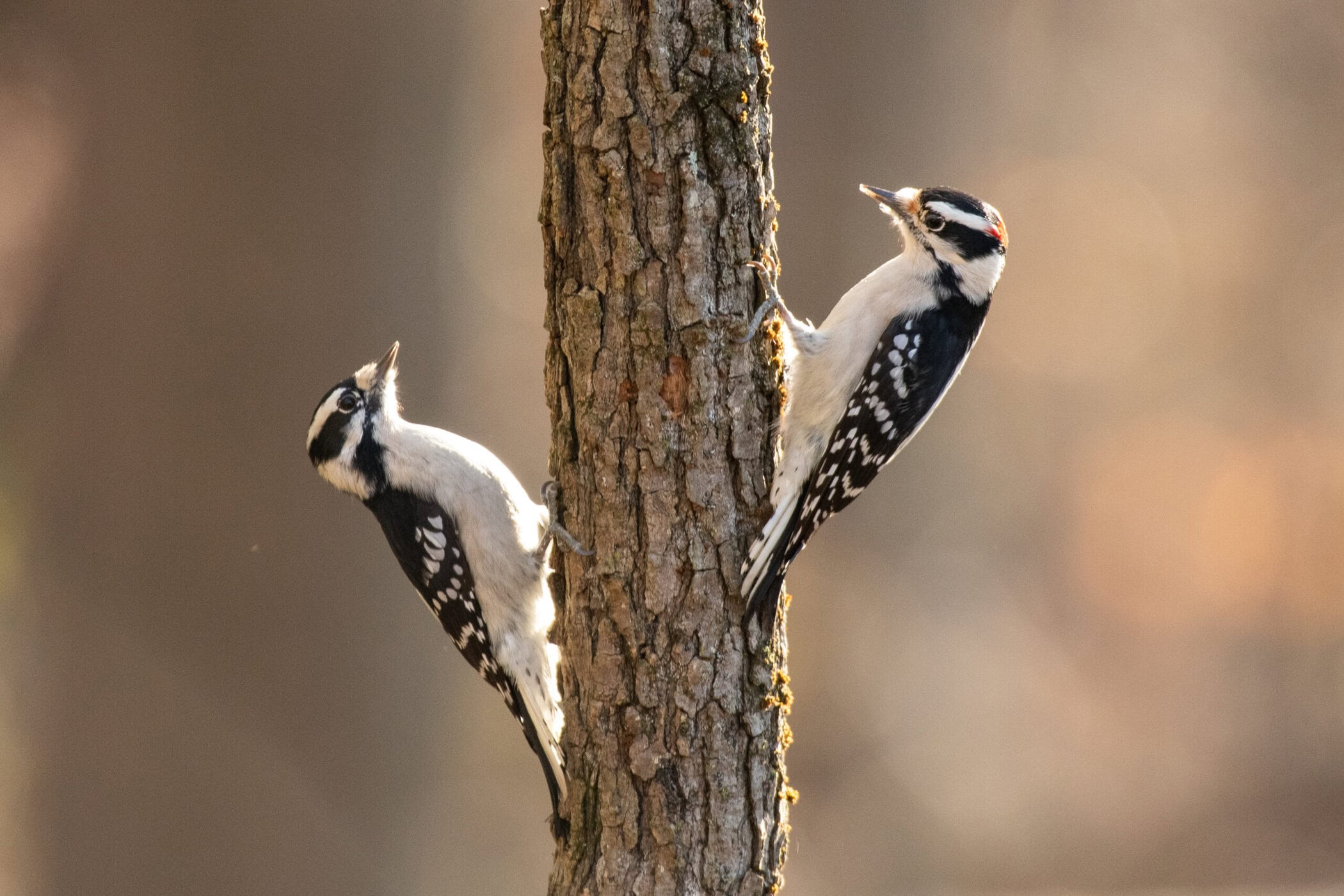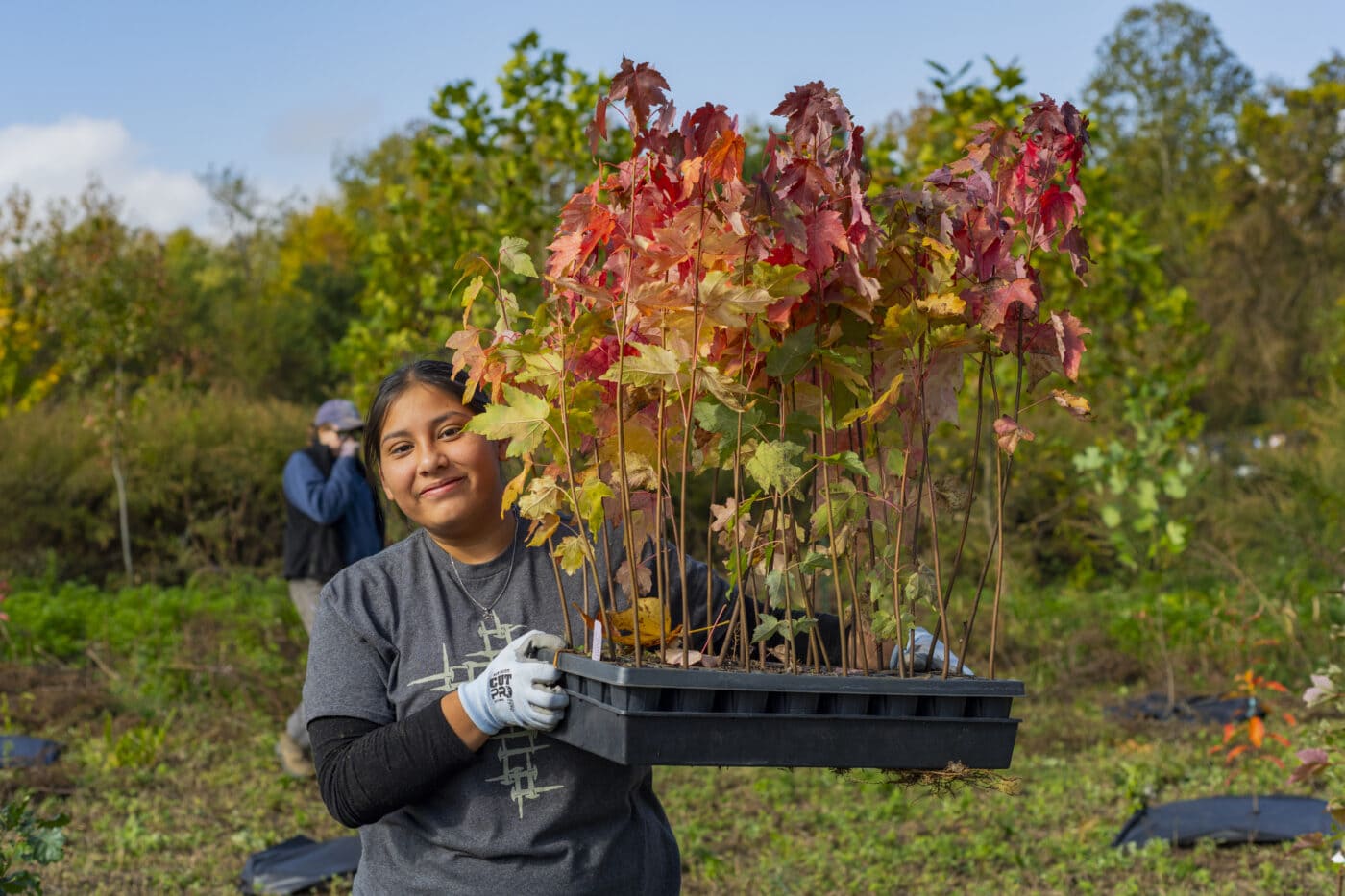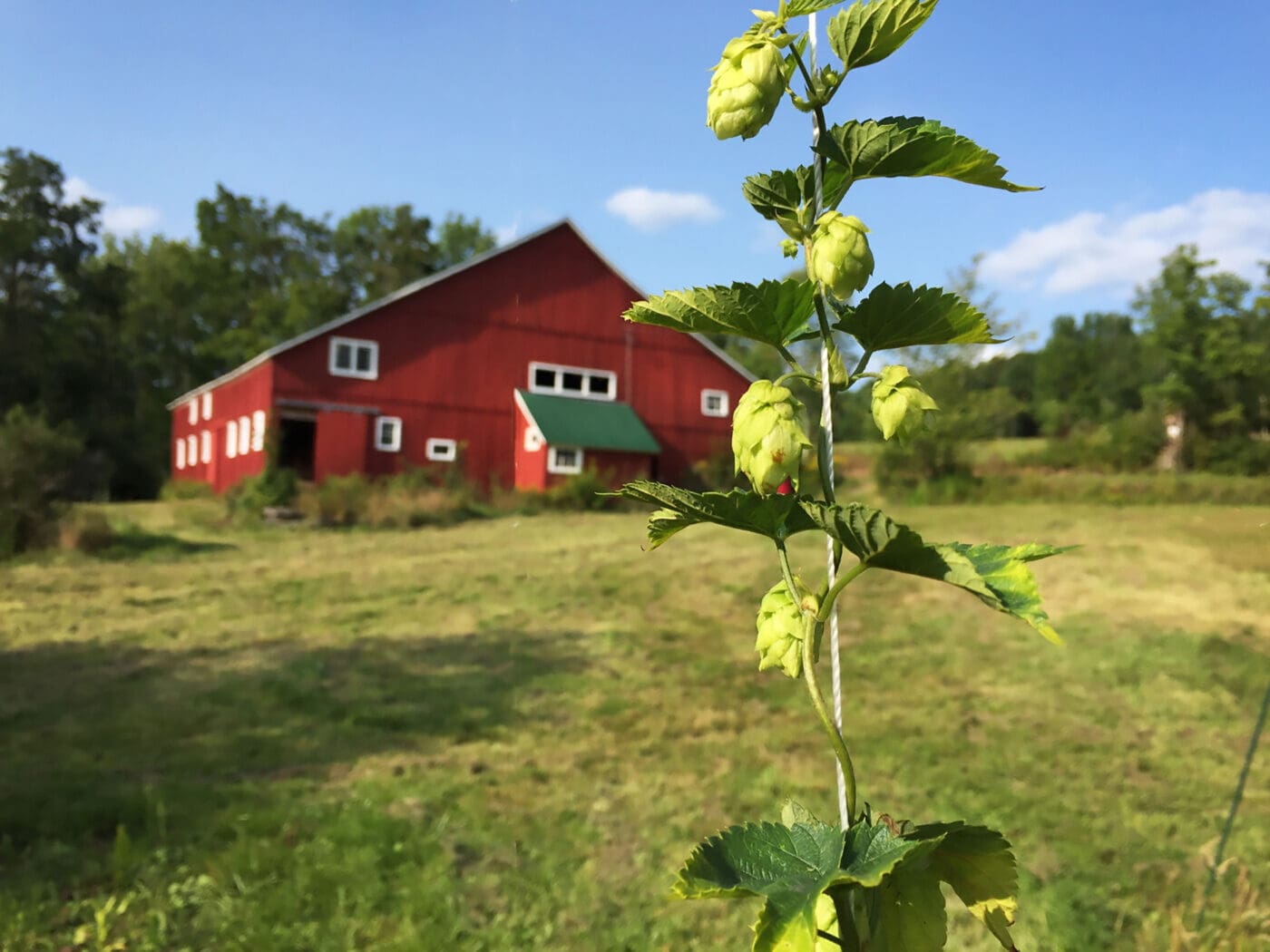They may not look like the cuddliest creatures, but opossums are still beloved by many New Yorkers. In May, they were the top vote-getter in a poll conducted by the state Department of Environmental Conservation. As a result, one of them will adorn the DEC’s next Habitat and Access Stamp, which is given in exchange for a donation supporting its efforts to conserve wildlife habitats.

Here are some fascinating facts about these shy, gentle mammals — North America’s only pouch-bearing marsupial and a major tick destroyer.
Opossums aren’t possums. While the word “possum” is commonly used in English-speaking North America to refer to opossums, the latter inhabit Australia. The creatures found in New York and throughout the U.S. are Virginia opossums (Didelphis virginiana). At first solely residents of the South and more tropical climes, it wasn’t until the 1900s that they began migrating in great numbers into Northeastern states, attracted by the growing availability of food in suburban backyards and aided by a changing climate.
The word opossum derives from an Algonquin word meaning “dog-like beast.” The Indigenous Powhatan peoples introduced 17th-century Virginia colonists to the animal as a food source. Jamestown founder John Smith described opossums as having a “head like a swine … tail like a rat … of the bigness of a cat.”
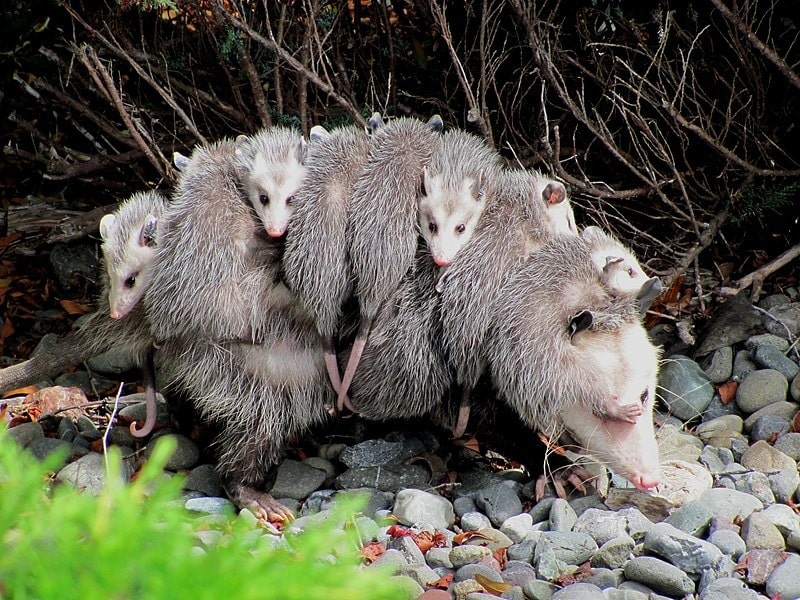
Enslaved people in the South hunted opossums to augment their diet. Plantation owners allowed them to capture the creatures after dark. While this helped reduce food costs for the enslavers, these nighttime trips had an additional, unexpected benefit for enslaved people: it honed their skills in navigating at night and assessing opportunities and routes to escape.
Opossums evolved about 65 million years ago, just as the dinosaurs were dying out. Unlike most creatures, they have changed very little since then. A possible reason for this is that they are “dietary generalists.” That means they eat a wide variety of foods — everything from nuts and grains to birds, mice, insects, and frogs — so they had no need to adapt when a single source of nourishment disappeared.
At least two U.S. presidents ate opossum. William Howard Taft loved the taste, said to resemble pork, and served roast opossum with sweet potatoes in the White House. In Depression-era Georgia, Jimmy Carter’s impoverished family relied on the animals’ meat to stave off hunger. When once asked the best way to eat opossum, he wryly replied, “In very small portions.”
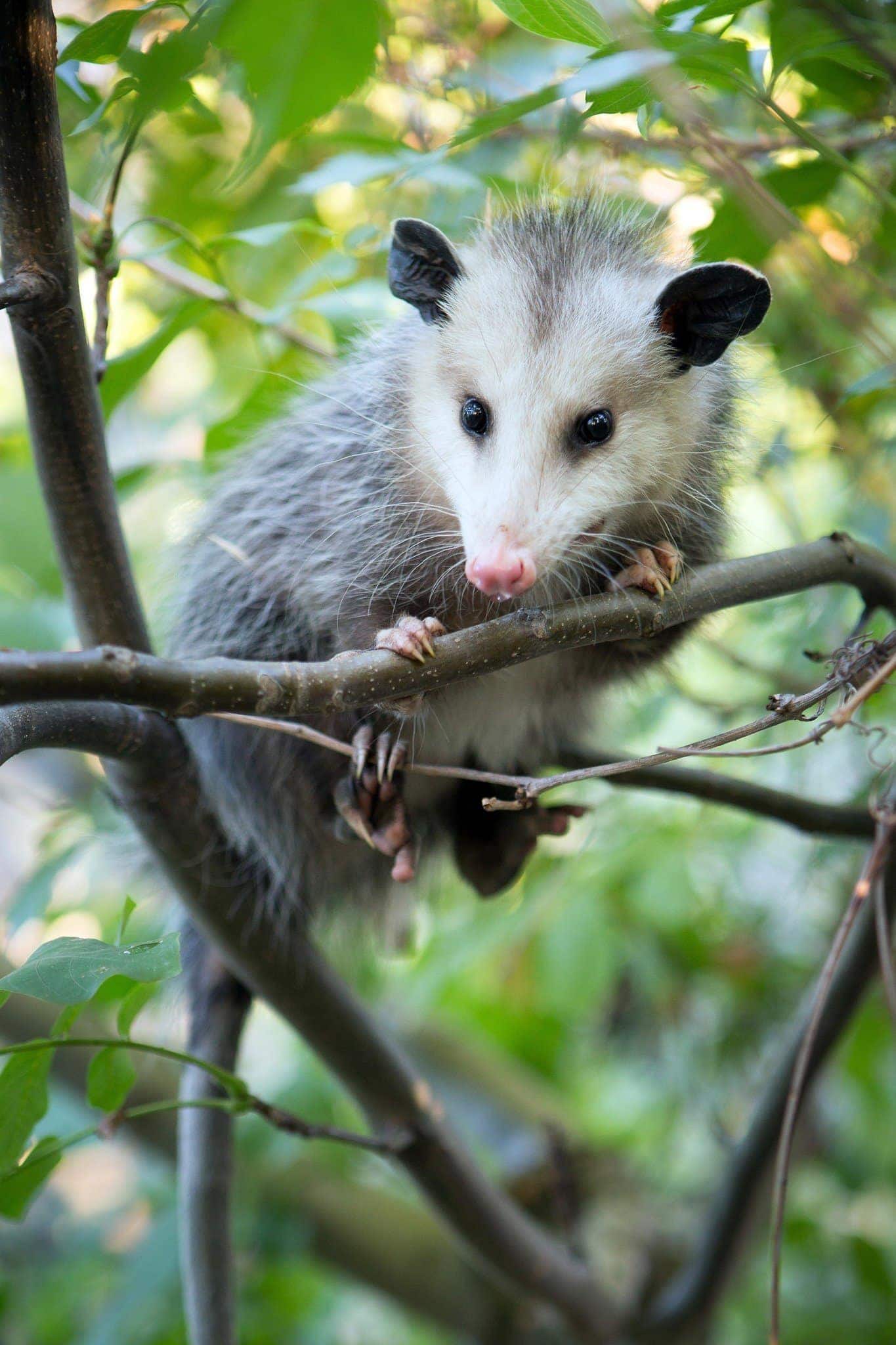
They have their own monument. Tiny Wassau, Florida — said to have more opossums than people — erected a statue in 1982 to recognize the animals. Its text reads in part, “Their presence here has provided a source of nutritious and flavorful food in normal times and has been an important aid to human survival in times of distress and critical need.”
Opossums don’t stay put. True nomads, they move from one den to another — hollowed-out logs, piles of brush, burrows abandoned by other animals — after a day or two. They travel primarily at night, and being struck by cars is a prime cause of their mortality. Be on the lookout for opossums’ glowing red eyes when driving after dark.
They give birth to up to 20 babies. Opossums are born as tiny as honeybees, as well as blind and hairless. These newborns, known as joeys or kits, crawl into their mother’s stomach pouch immediately after birth. They remain there for about eight weeks, depending for nourishment on the female’s 13 nipples. Once they leave the pouch, the kits stick with their mother for another four weeks, moving around by hitching a ride on her back. At 12 weeks, they must start fending for themselves. Only one in 10 survive to adulthood.
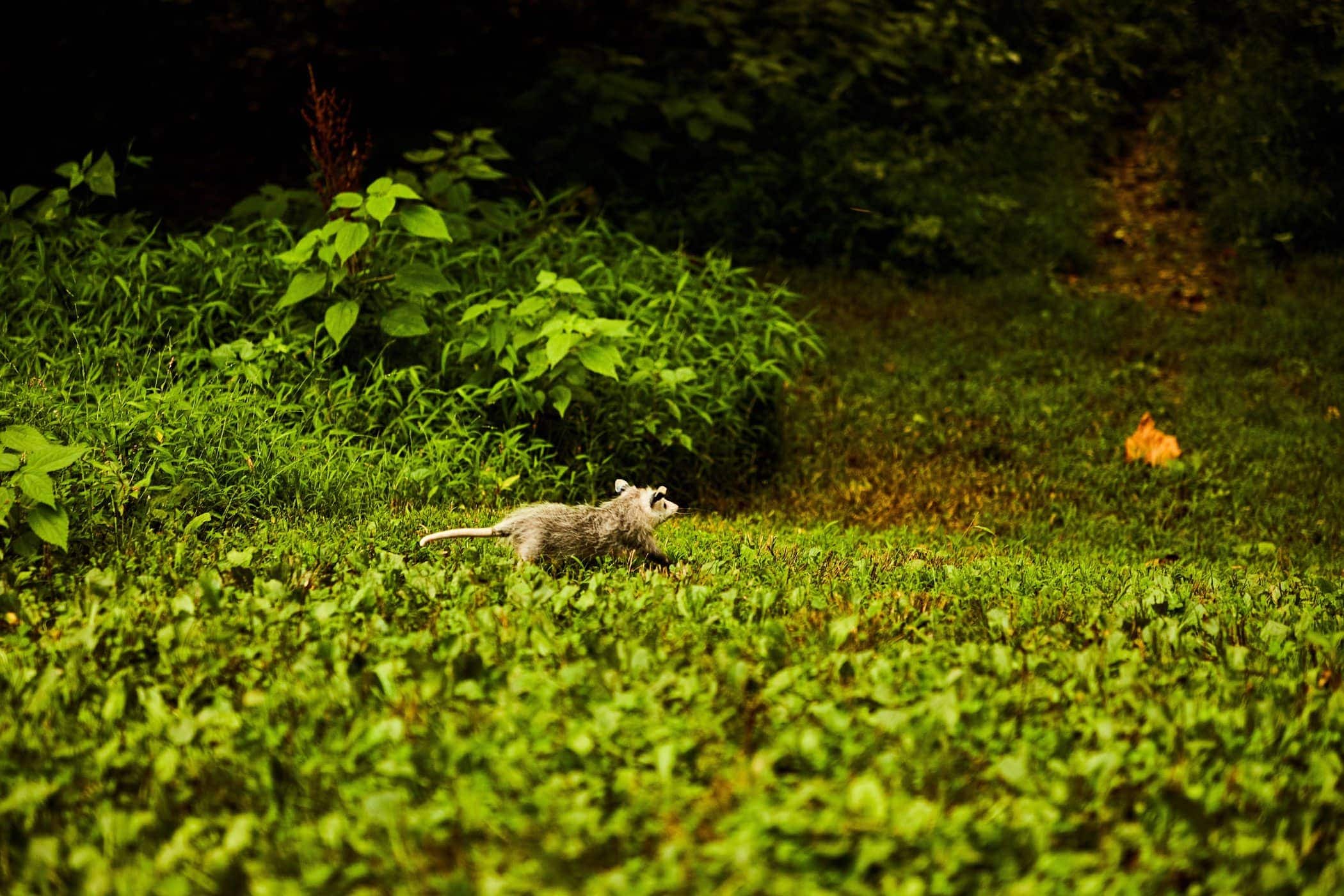
Opossums don’t “play” possum. When under stress, opossums actually faint and can remain immobile for up to six hours. This confuses and turns off many predators — including owls, bobcats, foxes, and coyotes — who prefer to capture their meals live.
They’re excellent tree climbers. Opossums rely on both their hairless tail and the opposable big toes (akin to human thumbs) on their back legs to grasp tree branches.
And they don’t hibernate. A layer of fat beneath the opossums’ skin allows them to survive cold winters, although they are susceptible to frostbite (especially their hairless tails) if temperatures dip too low.
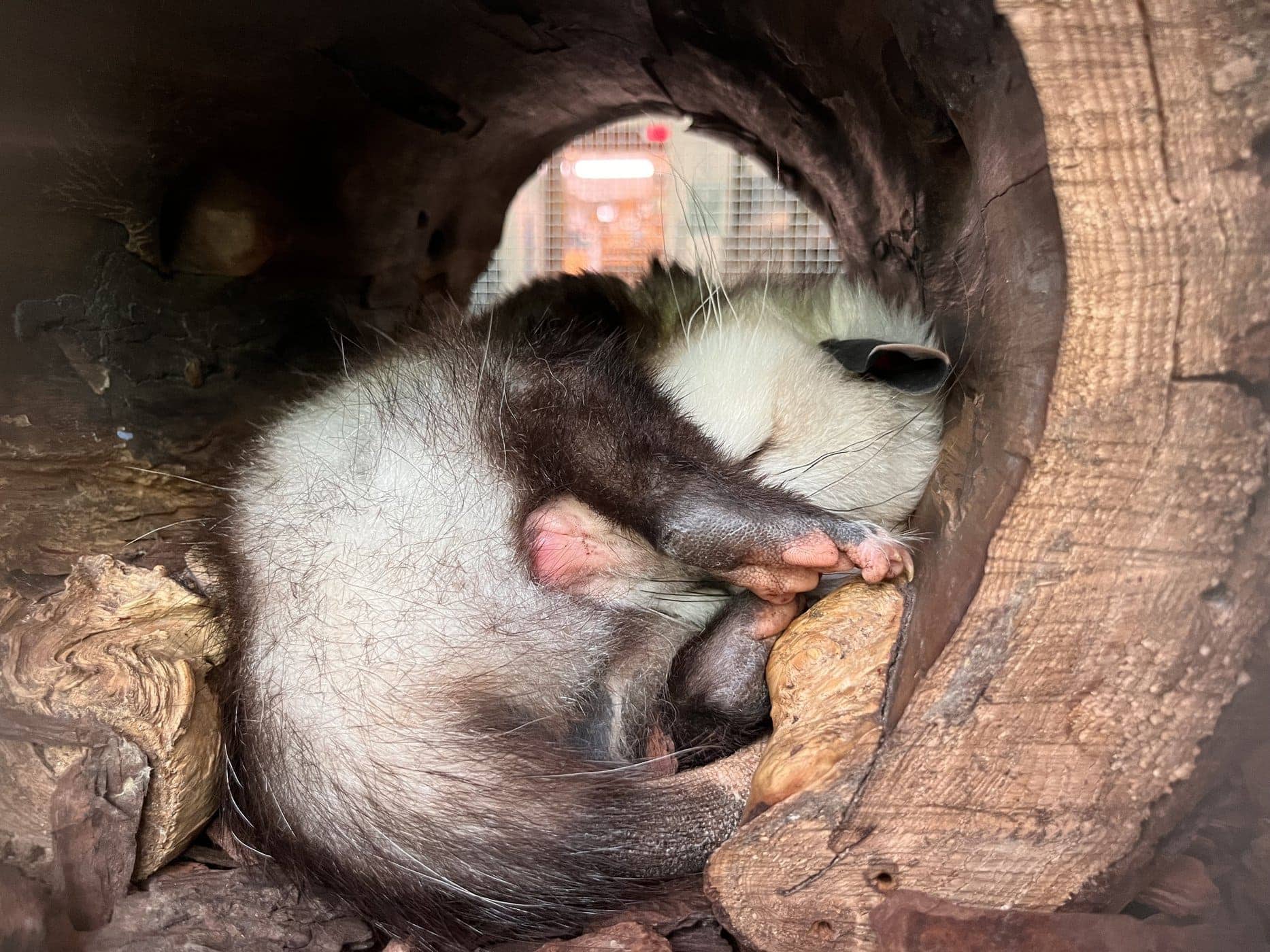
Opossums have some other surprising superlatives among North American mammals. In addition to being the only marsupial, they have the most teeth — 50! — and the smallest brain-to-weight ratio.
They help keep Lyme disease at bay. Research conducted by the Cary Institute of Ecosystem Studies in Millbrook determined that an opossum can gobble up to 5,000 ticks in a single season. This makes them good backyard “neighbors.” So does the fact that they’re immune to rabies. However, those who want to keep opossums out of flower or vegetable beds should plant garlic or onion, or spray plants with water infused with them.
Reed Sparling is a staff writer and historian at Scenic Hudson. He is the former editor of Hudson Valley Magazine, and currently co-edits the Hudson River Valley Review, a scholarly journal published by the Hudson River Valley Institute at Marist College.


